Dog-Hating Father Secretly Surrenders Dog His Kid Loves To No-Kill Shelter, Asks Online Community If It Makes Him Bad

This sight was undeniably worth the wait.

The striking South Philippine Dwarf Kingfisher (Ceyx mindanensis) was just known as a mere description made about a hundred and thirty years ago when the Steere Expedition to the Philippines took place in 1980. But let the people wonder no more because it has been finally photographed for the first time over a century later.
This particular bird is said to be the tiniest species of forest kingfisher groups in the country of the Philippines (as said in the name) and was initially described with a combination of metallic lilac, orange, and bright blue spots in its striking plumage. It can be found in the second-growth virgin forests within the islands of Basilan and Mindanao.
The South Philippine Dwarf Kingfisher also has a special and distinguishable call that is described as a “high-pitched, insect-like and almost inaudible zeeep.” It has escaped the sight of many scientists for over a hundred years now because of its behavior—it darts and perches so swiftly and quietly that it is almost invisible.
Fortunately, thanks to the brilliant Miguel David De Leon, the director of the Robert S. Kennedy Bird Conservancy and a Filipino field biologist, we finally get to see the beauty of this particular bird that has been out of sight for the past hundred years or so.
"The Robert S. Kennedy Bird Conservancy is a group of eight field workers and bird photographers that documents birds and habitats, contributing data previously unknown to science, with the ultimate goal of conserving species and ecosystems," says De Leon in an interview with Esquire Philippines.
However, the bird is already threatened with extinction.
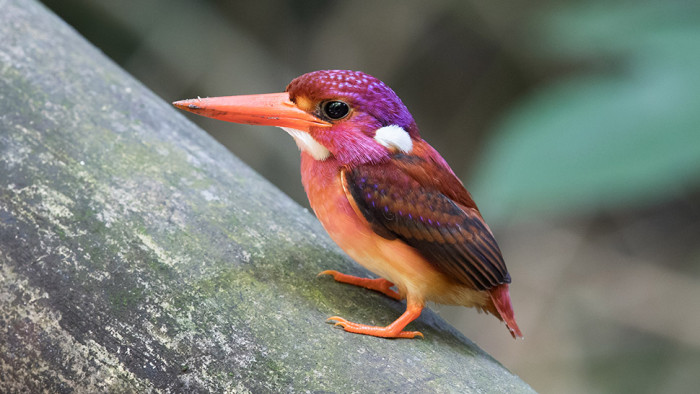 Miguel De Leon
Miguel De Leon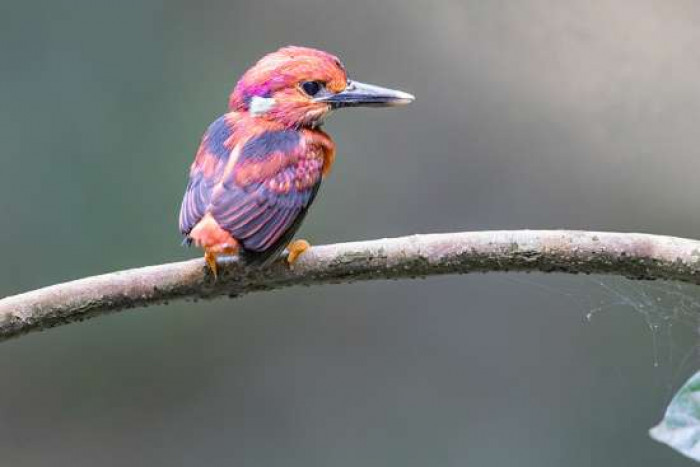 Miguel De Leon
Miguel De Leon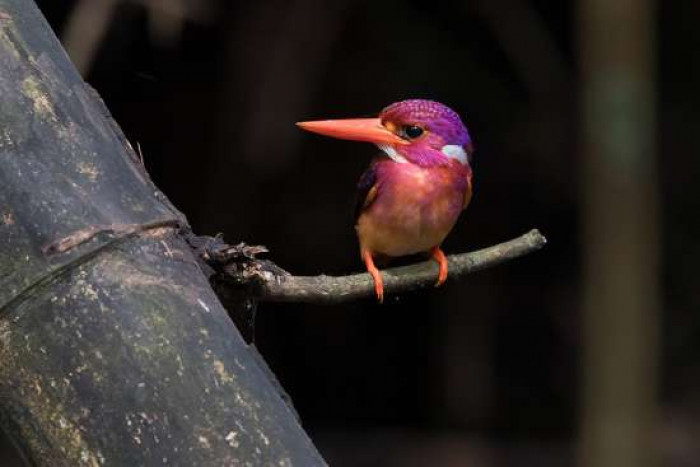 Miguel De Leon
Miguel De LeonThey found two nesting sites of the species at Mapawa Nature Park; however, the first nesting site got destroyed by trespassers, so they were unable to form any scientific observations.
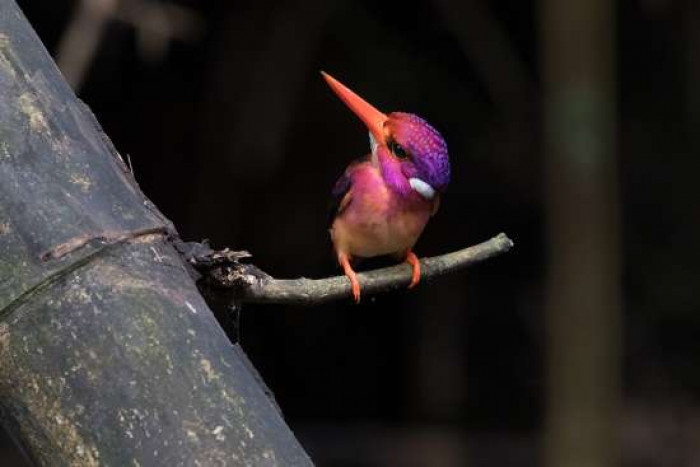 Miguel De Leon
Miguel De LeonIt was three meters above the forest floor, and was attached to a tree trunk. These birds are what we call cavity nesters, which means they excavate nest holes within earth banks and in termite nests.
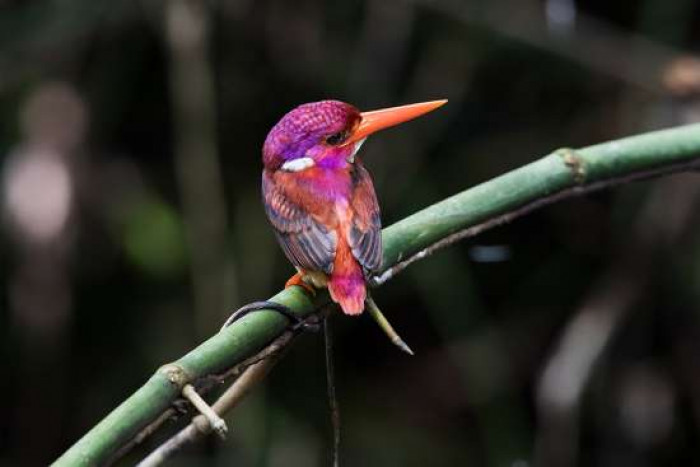 Miguel De Leon
Miguel De Leon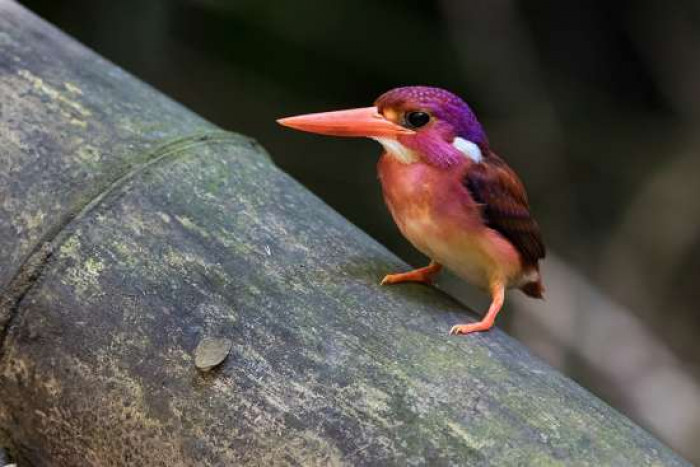 Miguel De Leon
Miguel De Leon Miguel De Leon
Miguel De Leon"The innumerable variety of insects that birds feed on, the unattractive shrubs that insects feed on, the fungi and bacteria that render the soil suitable for plant growth, and so on, they’re all indivisibly linked together," says De Leon.
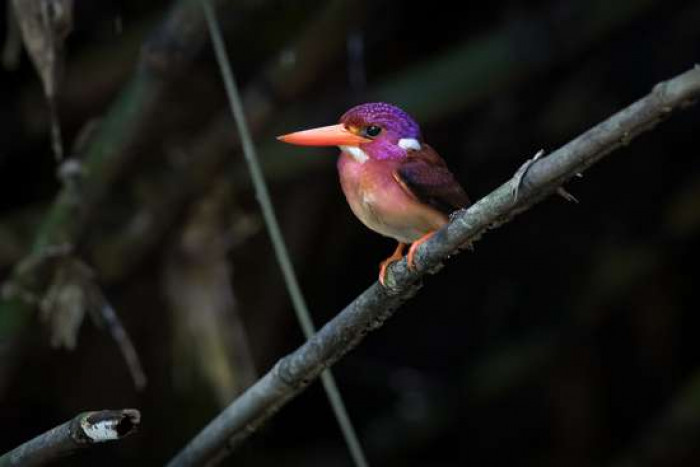 Miguel De Leon
Miguel De Leon"Culturally, the recreational shooting of birds using airguns or slingshots puts further pressure on bird populations,” he adds.
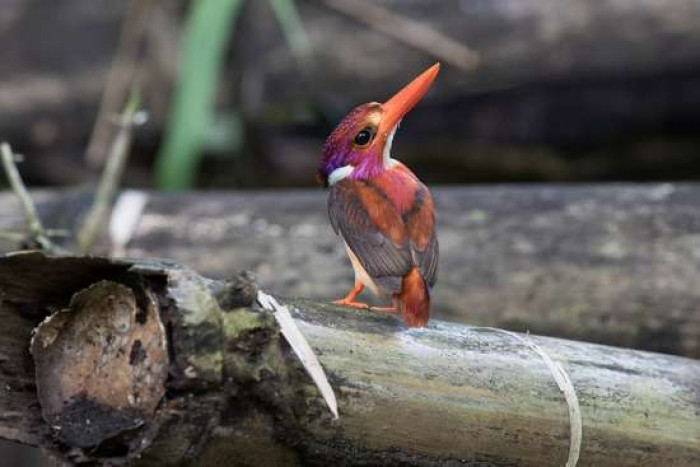 Miguel De Leon
Miguel De LeonIt's really amazing how De Leon and his team were able to get these photos, and after ten years of hard work, seeing these photos are indeed worth seeing! Let's just hope that they won't be gone sooner than we expect them to be.
Comment down your thoughts, or share this article for all your family and friends to see!





